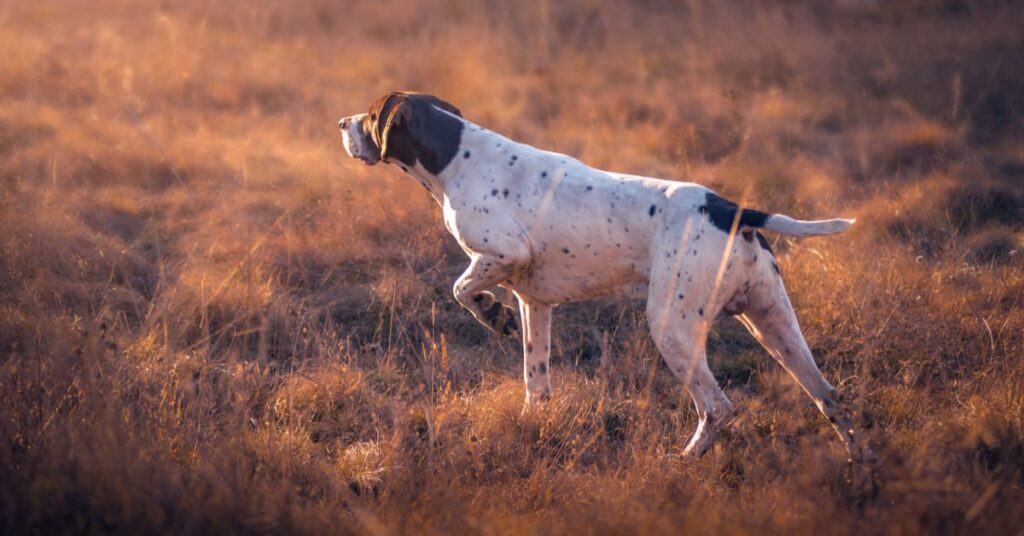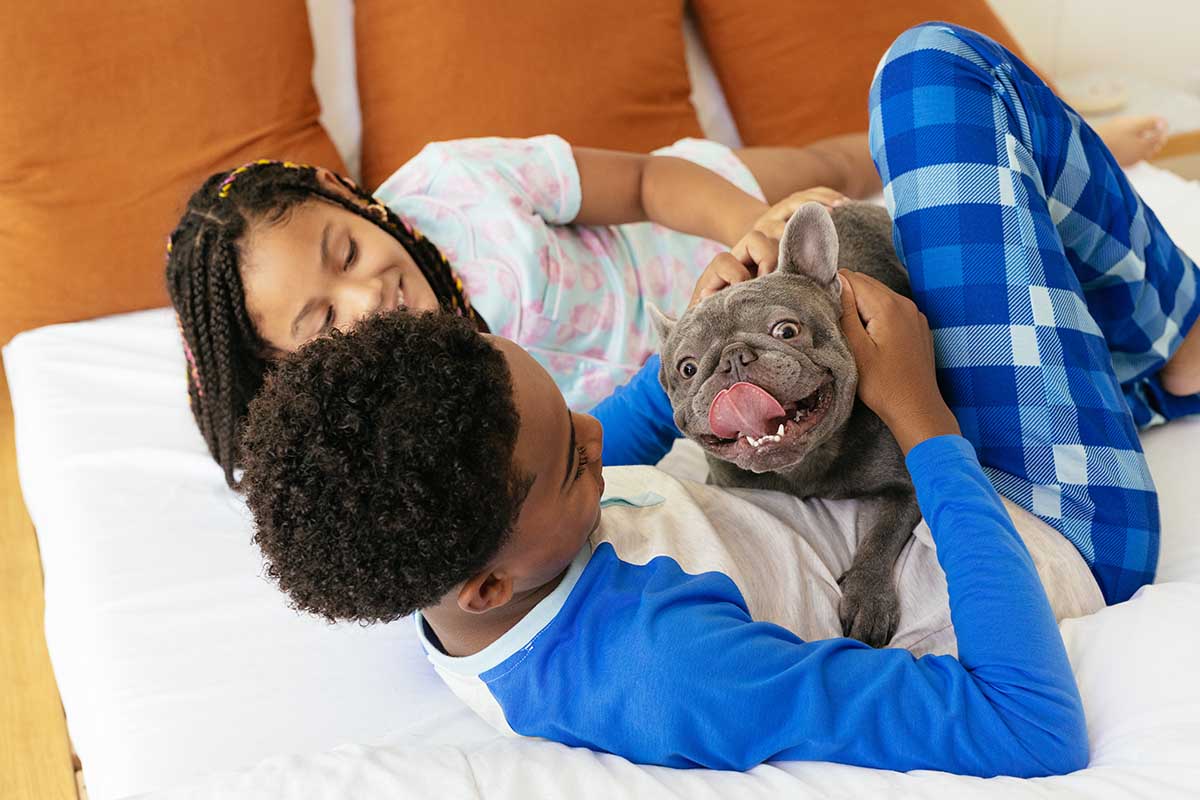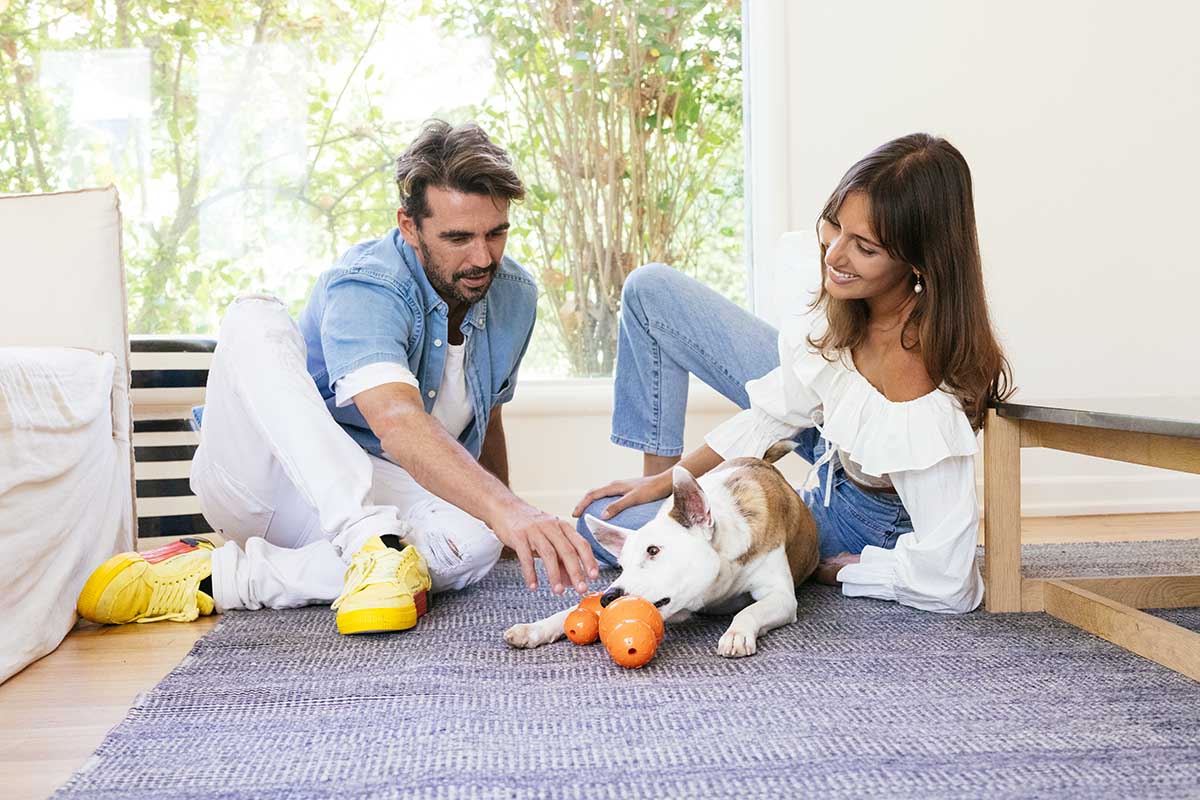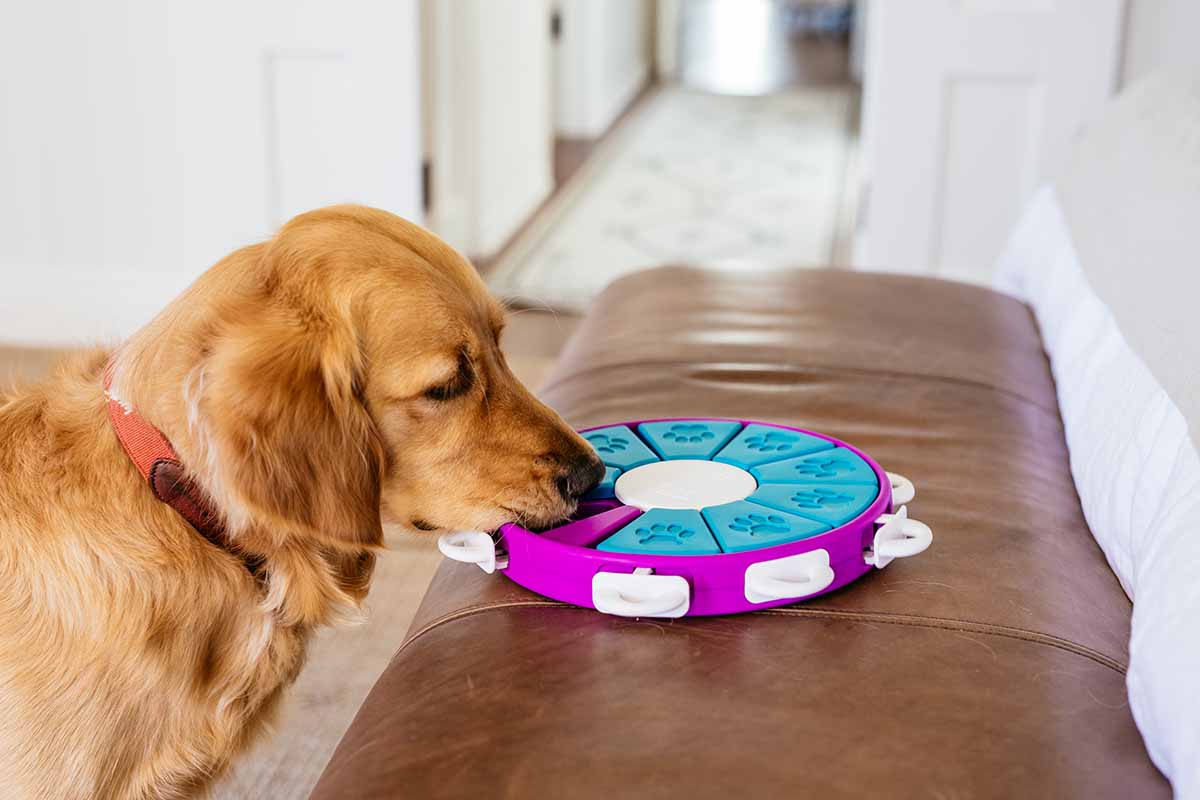In case you missed it, Washington State University researchers found that we have women to thank for our relationship with “man’s best friend.”
In honor of Women’s History Month, let’s revisit the fascinating study titled, “Dog-Human Coevolution: Cross-Cultural Analysis of Multiple Hypotheses,” originally published in December 2020.
Findings & Patterns

In a cross-cultural analysis on dog-human coevolution published in the Journal of Ethnobiology, WSU anthropologists and Ph.D. students sought to learn more about how the relationship between humans and dogs developed.
After combing through hundreds of ethnographic documents in the Human Relations Area Files database with references to canines and their “usefulness” to humans, they discovered some notable patterns.
Pattern #1: Temperature

The study found that the colder the climate, the more useful dogs were to humans. Dogs weren’t as good hunting partners in hot climates.
Robert Quinlan, WSU anthropology professor and co-author of the study, explained to Science Daily:
“Relative to humans, dogs are really not particularly energy-efficient. Their body temperature is higher than humans, and just a bit of exercise can make them overheat on a hot day. We saw this trend that they had less utility to humans in warmer environments.”
Speaking of … it’s a good idea to brush up on temperature safety. Check out: How Hot Is Too Hot For Dogs?
Pattern #2: Hunting

Dogs were even more valued to humans in cultures that hunted regularly. Hunting was a cooperative activity between humans and dogs, increasing familiarity and bond that makes for a successful relationship.
For a more modern example, dog breeds like golden retrievers became popular in the 19th century for hunting waterfowl. Hunting dogs like this built a strong bond with their human companion when working together on a regular basis.
Pattern #3: The Dog and Woman Relationship

Since this study was published, one can’t talk about the history of dog ownership without addressing the special relationship between women and dogs.
The researchers’ hypothesis was that dogs’ affiliation with women “had stronger effects on mutual utility and dog-personhood” than dogs’ affiliation with men.
What does “personhood” mean?
The term “personhood” refers to dogs being treated like people or part of the family. This means dogs were given names, allowed to sleep or cuddle in the same bed with humans, and were even mourned after they died.
This directly contradicts Pope Francis’ recent remark that people who chose to have pets instead of children “diminishes us, it takes away our humanity.”
Respectfully, your Holiness, the human-canine familial bond has been like this for thousands of years!
In conclusion
“We found that dogs’ relationships with women might have had a greater impact on the dog-human bond than relationships with men,” study contributor and anthropology professor Jaime Chambers told Science Daily.
Men still played a part in how the dog-human bond developed, but dogs’ relationship with women just had a stronger impact.
Dogs and Humans Chose Each Other

In addition to the dog and woman relationship, one of the most interesting pieces of evidence revealed that humans and dogs might have chosen each other.
There’s an older belief that humans sought to domesticate wild dogs and wolf pups, but the relationship between dog owners and their pooch was anything but one-sided.
Quinlan told Treehugger:
“… shifting our emphasis like this allows us to rethink the relationship between humans and nature by moving away from a sense of complete human dominance to a kind of cooperation between humans and other beings where the other beings are on a more equal footing.”
Dogs and humans take care of each other. Next time you and your doggy have a cuddle session or go on a leisurely walk, remember that you’re in a symbiotic relationship that was developed by your ancestors thousands of years ago!

